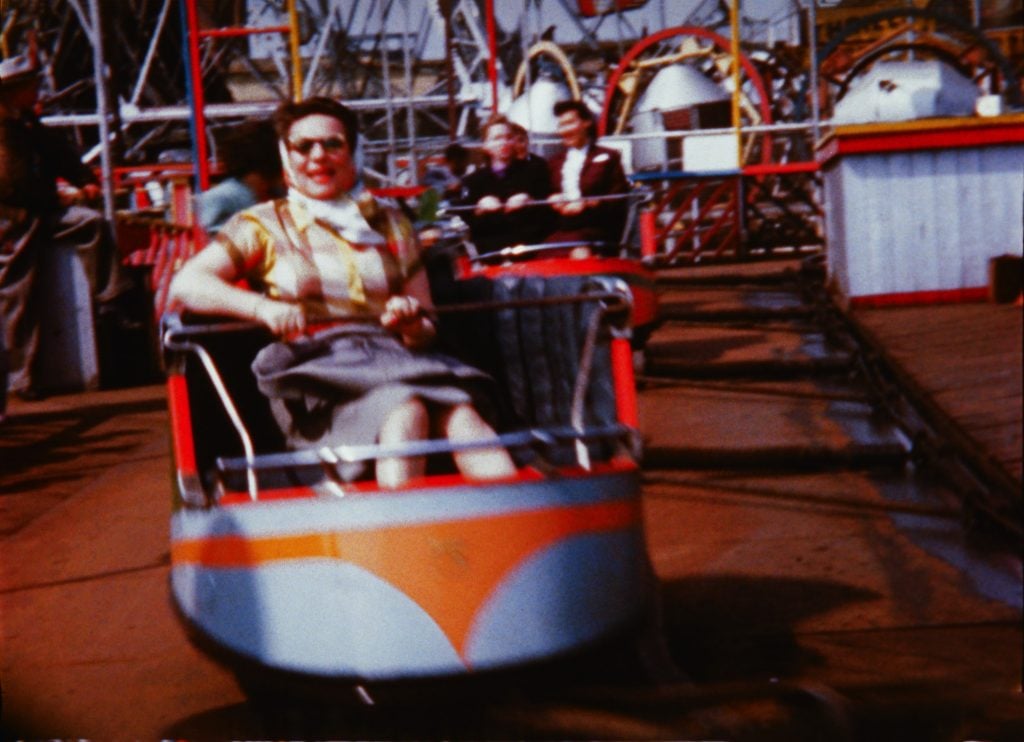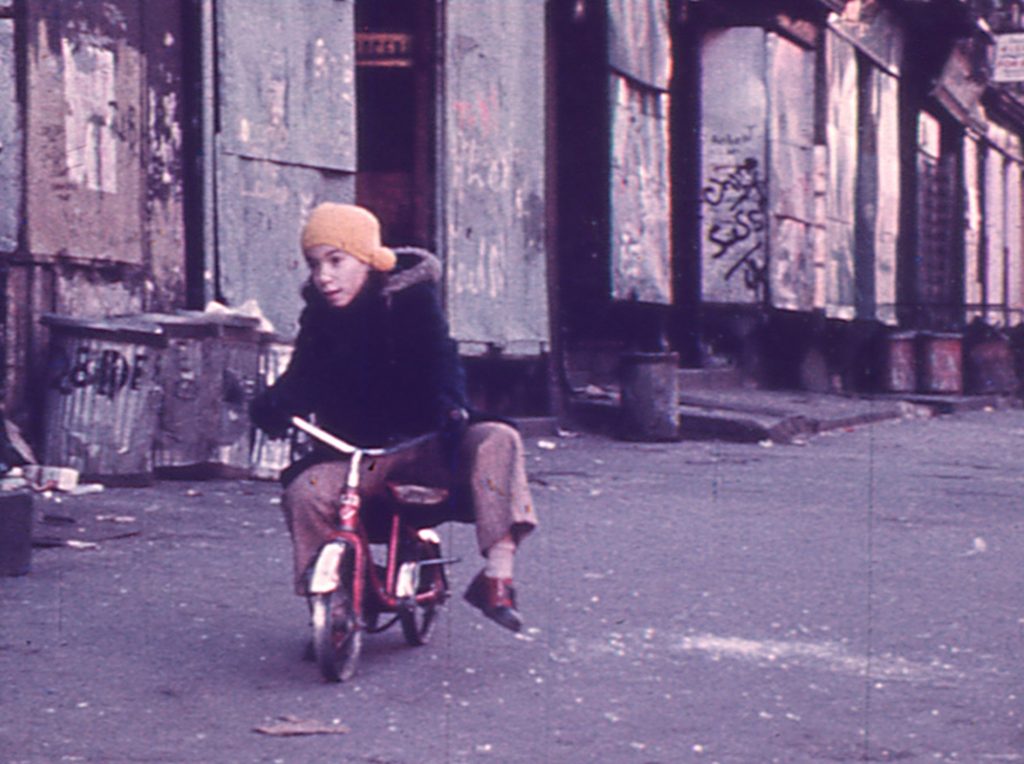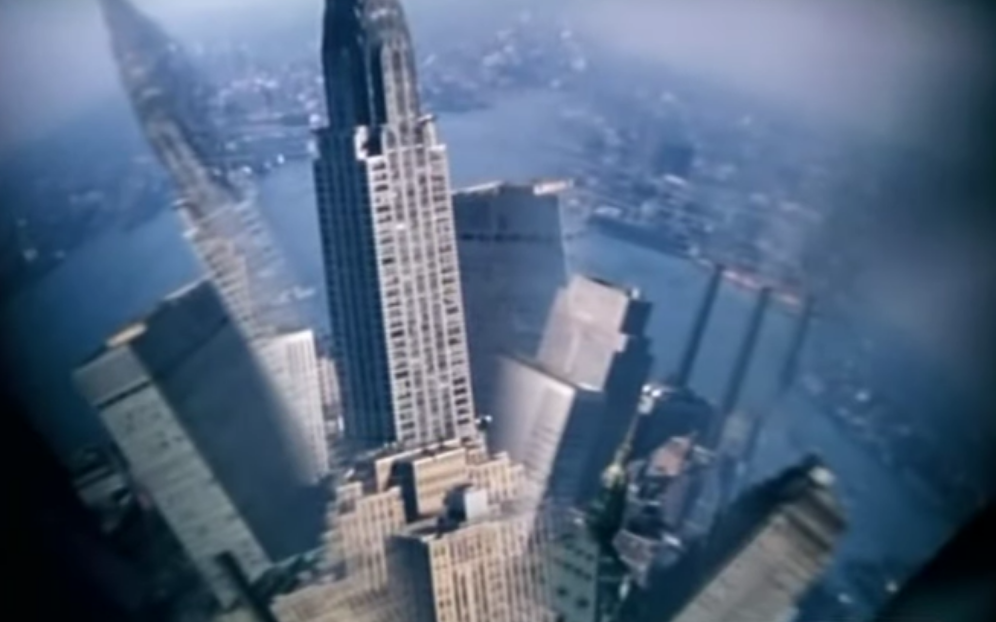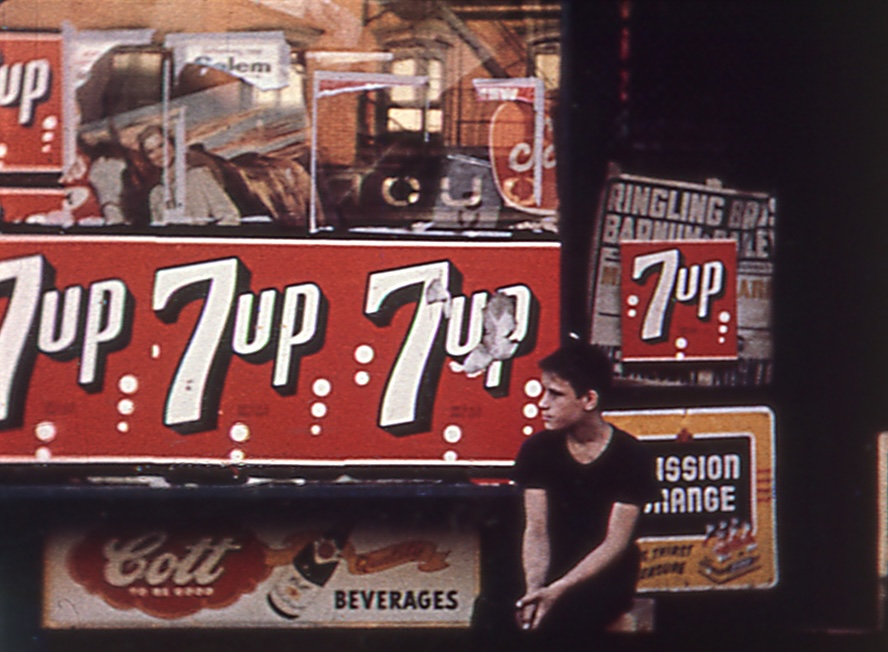Art & Exhibitions
See Alternative Views of New York by Stan VanDerBeek, Weegee, and More in a New Film Series
The series explores the grit and the glamour of a city that is often a character in Hollywood productions.

Any halfway serious film buff can name an array of films that take place in New York City, from Taxi Driver to Breakfast at Tiffany’s, from Manhattan to Splash, and from West Side Story to Midnight Cowboy. A film series at New York’s Lincoln Center presents an alternative history of Gotham, including selections from the nearly 6,000-strong collection of the city’s Film-Makers’ Cooperative.
“Seeing the City: Avant-Garde Visions of New York” will run at Film at Lincoln Center from May 3–7 and will highlight visions of the city premised on experimentation and subversion, many of them on 16mm film.

Charles Simonds and Rudy Burckhardt, Dwellings (1974). Courtesy of the Film-Makers’ Cooperative.
Organized by Tom Day, executive director of the New American Cinema Group/The Film-Makers’ Cooperative, and Film at Lincoln Center’s Dan Sullivan, the festival will explore themes like mass transit, the built environment, gentrification, “non-human animals,” and specific neighborhoods, from the Lower East Side to the South Bronx and Coney Island.
Among the filmmakers are some well-known names. Stan Brakhage contributes The Wonder Ring (1955) as part of a program on transit. Rudy Burckhardt’s Eastside Summer (1959), D.A. Pennebaker’s Daybreak Express (1953), and Arthur “Weegee” Fellig’s WeeGee’s New York (1948) are all part of a program on “city symphonies,” a genre that offers a panoramic view of a city’s architecture and people.
Stan VanDerBeek’s Snapshots of the City (1960), meanwhile, is part of a program of films documenting the various art forms manifesting in 1960s New York, including documentation of Pop Art and Happenings pioneer Claes Oldenburg’s storefront and Judson Church performances.

Francis Thompson, N.Y, N.Y. (1957). Courtesy the Film-Makers’ Cooperative.a
Also on tap are a selection of women’s films about gendered space, such as Shirley Clarke’s 1959 film Skyscraper, documenting the building of 666 Fifth Avenue; Holly Fisher’s 1978 From the Ladies, shot in the powder room of what was at the time the city’s only Holiday Inn; and Bette Gordon’s 1987 Greed: Pay to Play, in which, as Gordon wrote, “Three women have a strange claustrophobic encounter in the ladies lounge of a luxurious Manhattan hotel.” A fixture of New York’s artistic sphere appears in sound: Laurie Anderson’s electronic music forms the soundtrack to Rick Liss’s 1983 N.Y.C. (No York City), in the “city symphony” genre.

Rudy Burckhardt, Eastside Summer (1959). Courtesy of Film-Makers’ Cooperative.
Two opposing notes are sounded by a duo of films spotlighting urban renewal, or gentrification, as the opposing parties might label the phenomenon. John Peer Nugent and Gordon Hyatt’s What Is the City but the People? (1969) was a propagandistic documentary produced by the Department of City Planning to promote its projects. The film Break and Enter a.k.a Squatters / Rompiendo Puertas (1971), by a collective called Newsreel, by contrast, spotlights the efforts of Puerto Rican and Dominican families, as well as the activist work of Operation Move-In, to reclaim abandoned homes.
The Film-Makers Coooperative was established in New York in 1961 by a group of filmmakers and artists and holds one of the world’s largest repositories of film and media art.





